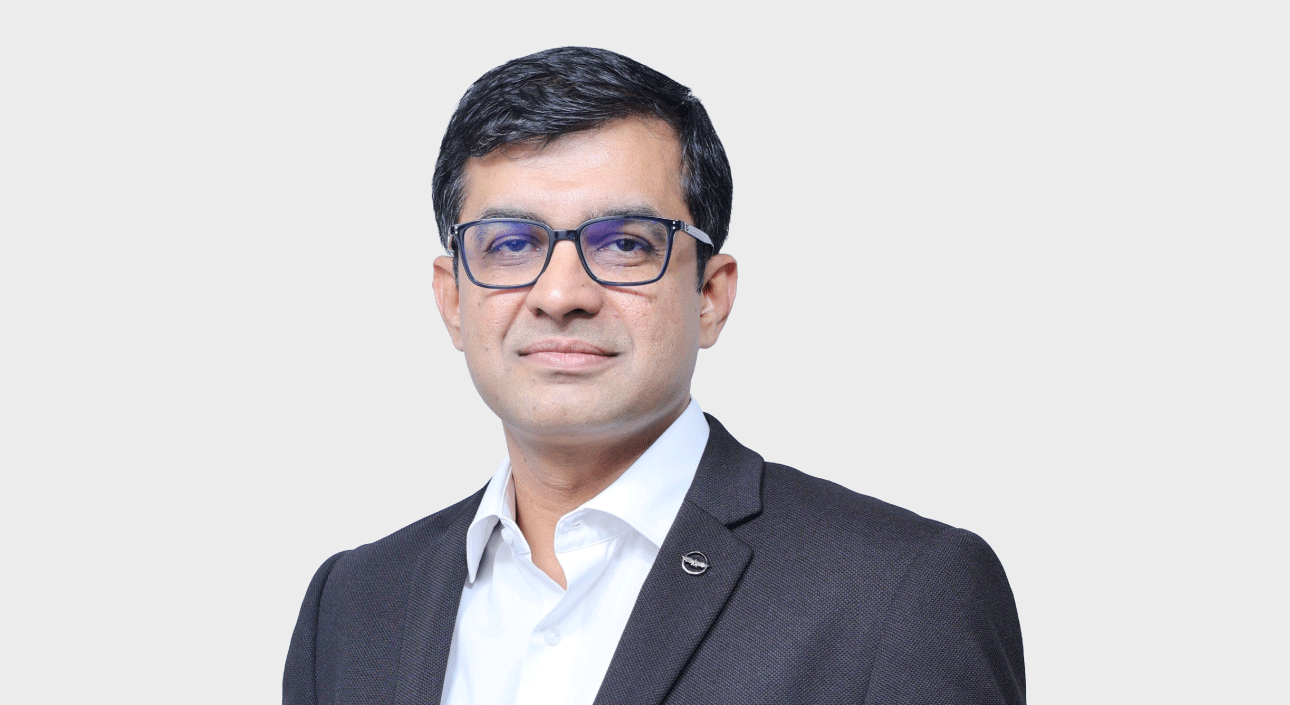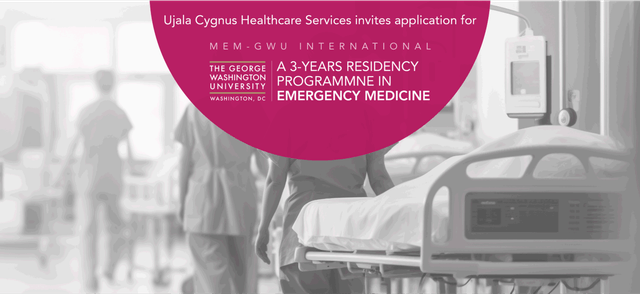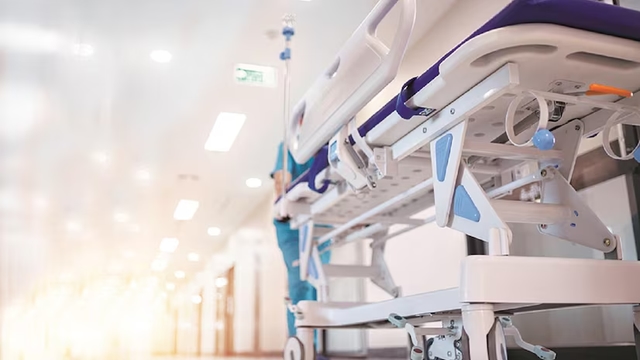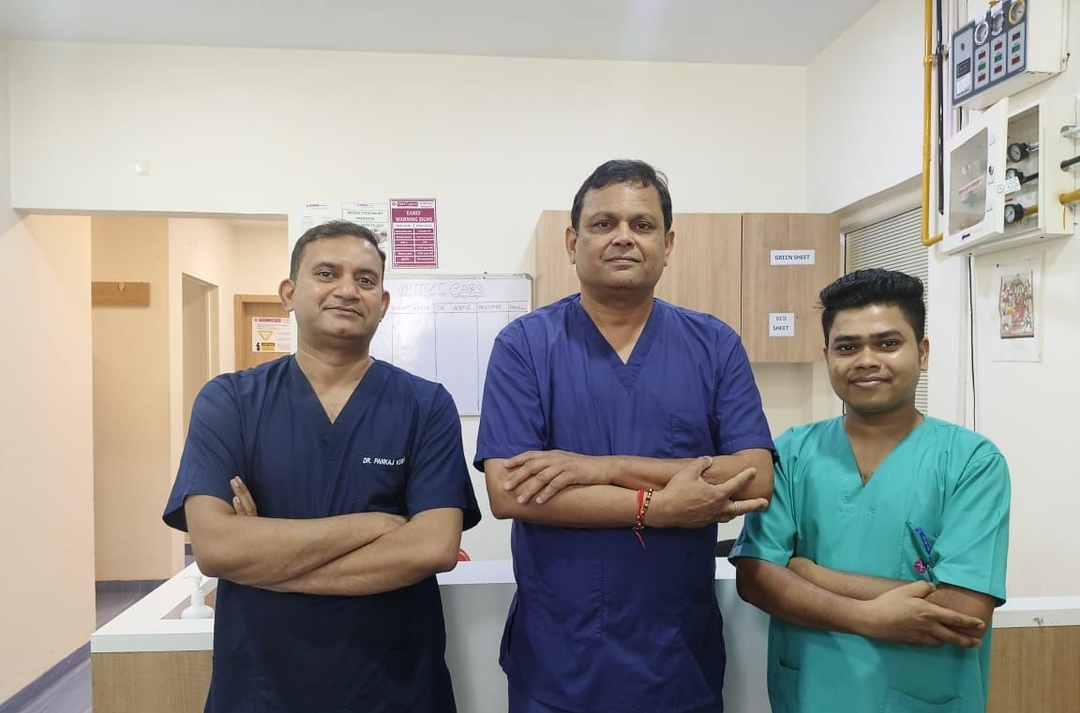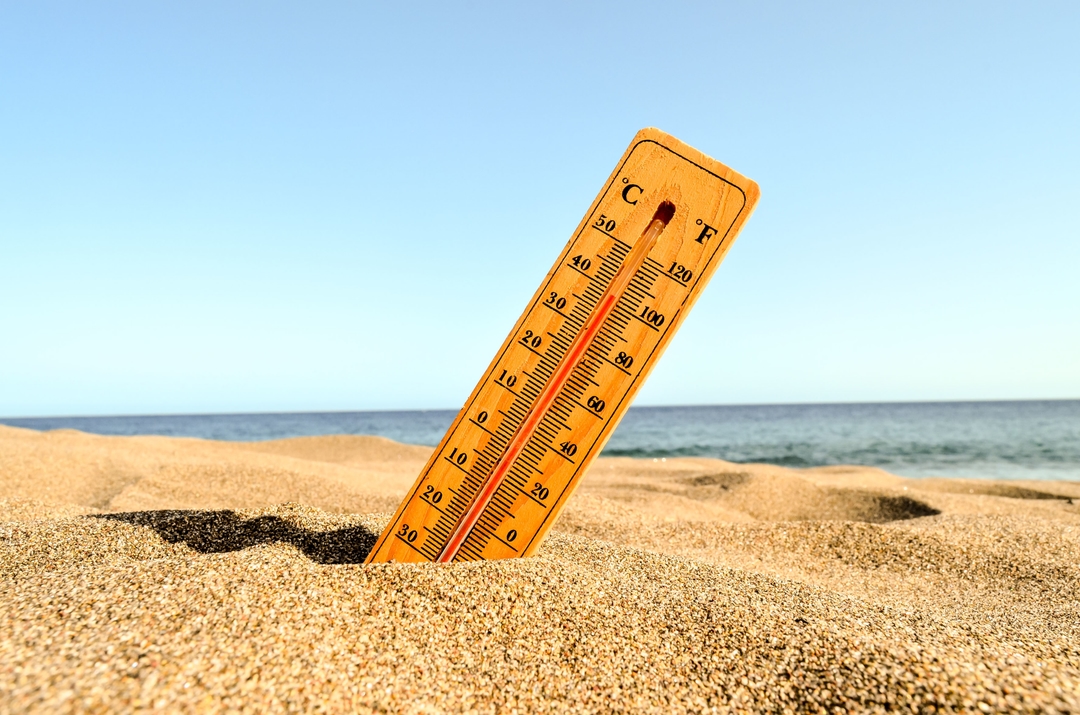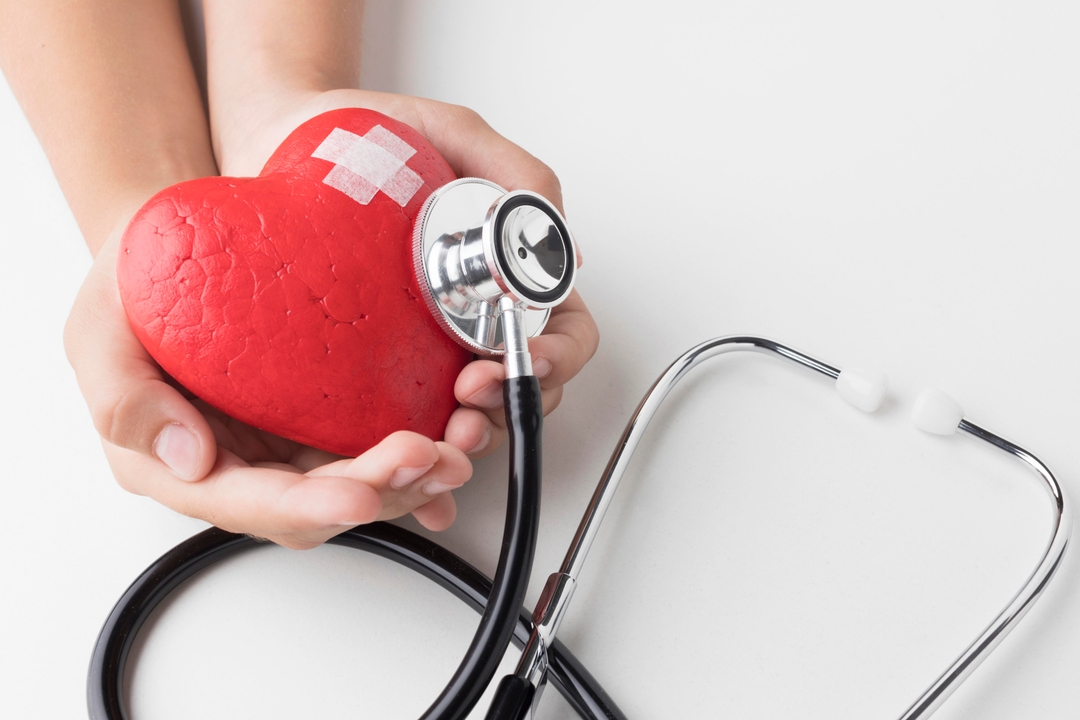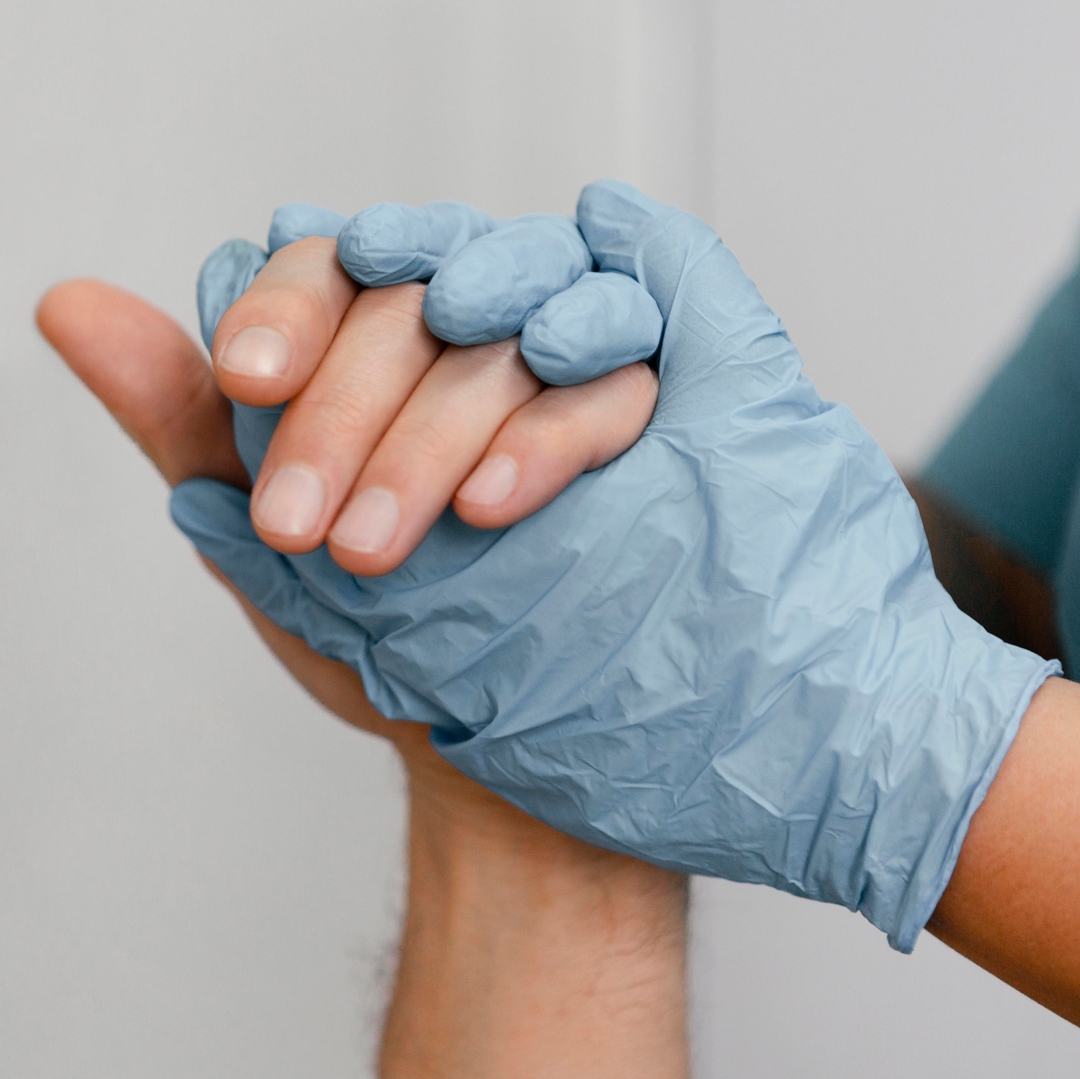
Know more about Abdominal Aortic Aneurysm
By Ujala Cygnus
Reviewed by : Jalaz Jain
January 18, 2023
Overview
A balloon-like bulge in the abdominal part of the aorta is termed an abdominal aortic aneurysm. The aorta is a major artery of the heart that carries blood from the heart to the rest of the body through its network of smaller arteries and capillaries.
Aortic aneurysms can dissect or rupture while in the blood vessel. Dissection is the splitting of the artery wall layers due to pressure from the pumping blood leading to a leak between them.
Causes
The precise cause of an aneurysm is not known. However, it is stated that it may occur due to weak walls of the artery. The factors that help increase the risk of developing an aneurysm are:
An abdominal aortic aneurysm is commonly seen in males over the age of 60 and shows positive signs for one or more of the above-stated risk factors. The larger the aneurysm, the more likely it will break open or tear. This can be life-threatening.
Symptoms
Aneurysms develop slowly over many years, often being asymptomatic. However, the onset of symptoms may become rapid if the aneurysm proliferates quickly or tears open, or leaks in the blood within the blood vessel wall.
The symptoms of a ruptured aortic aneurysm are:
Diagnosis
The doctor first examines the abdomen and checks the pulse in the legs. The doctor may assess for the following:
The doctor may advise the following tests:
Treatment
There are two main lines of treatments for aortic aneurysms –
Medications reduce blood pressure and lower the risk of an aortic aneurysm.
Surgery repairs or replaces the affected section of the aorta. If the size of the aneurysm is small and the patient is asymptomatic, surgery is not required. Patients must only be monitored.
If surgery is needed, there are two types:
Prevention
The formation of aneurysms can be prevented. Alternatively, if a person already has one, it can be kept from worsening. The following measures can be taken:
Loading...
